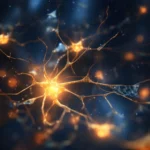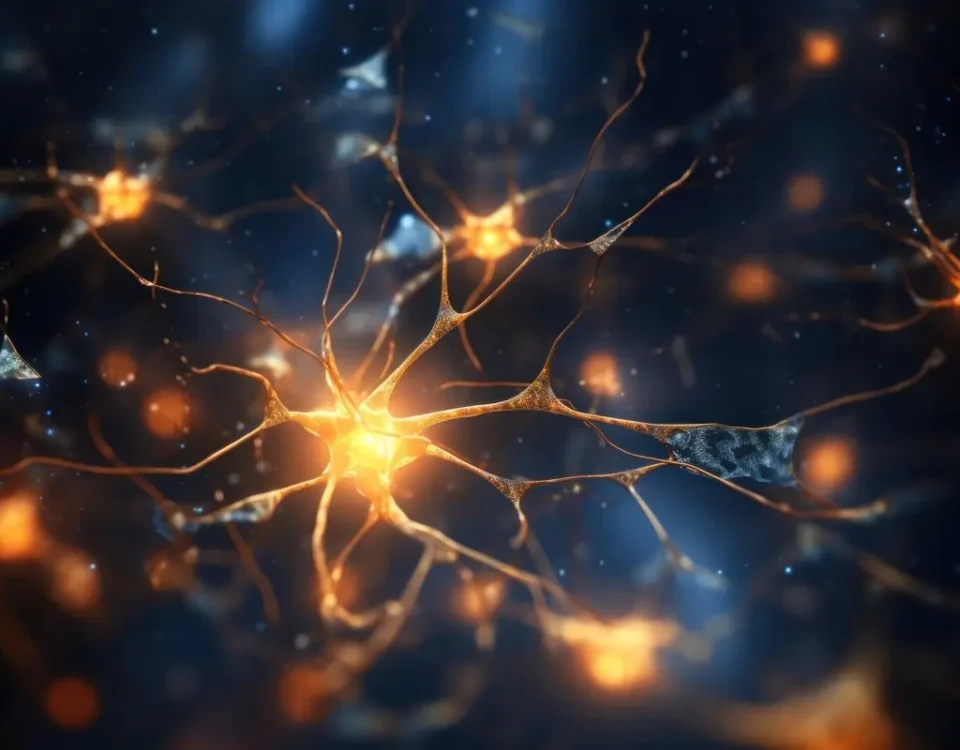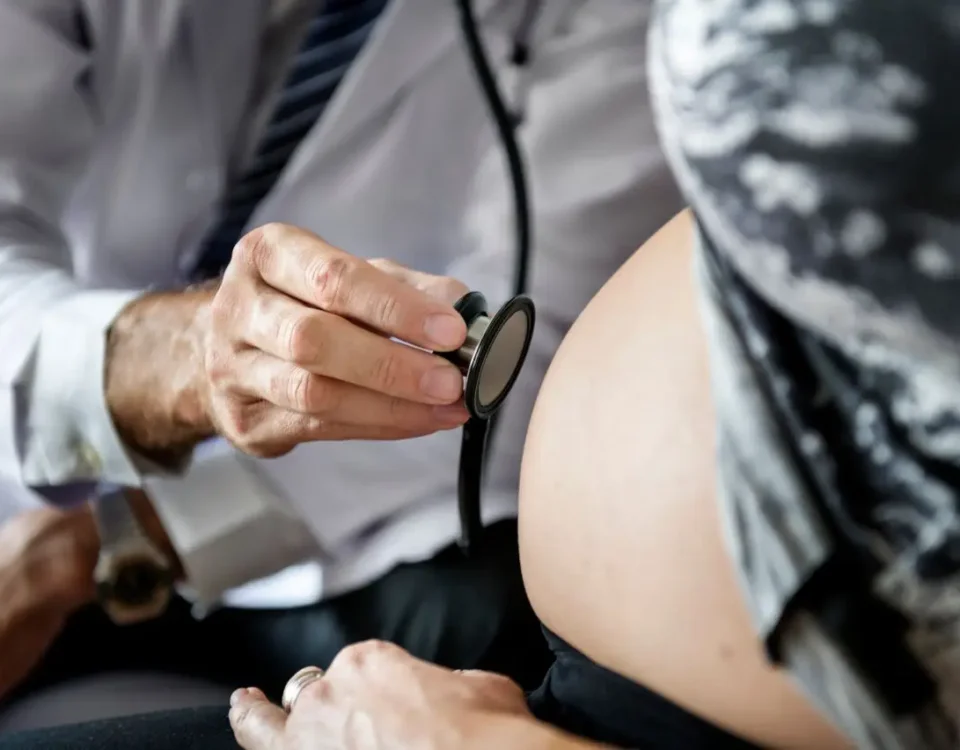
Organic Chemistry: The Abstract Art of Molecules vs. General Chemistry’s Paint-by-Numbers
March 12, 2025
Quantum Consciousness: Your Brain is an Unsupervised Electric Field and It Knows It
March 17, 2025Summary (TL;DR)
Meal prepping, using tools like slow cookers, and relying on simple, affordable foods can help avoid nutritional collapse. However, most students survive on caffeine, vending machine snacks, and hospital freebies, all while the body struggles to digest and process these choices.
Ultimately, it’s about balancing survival with whatever nutrition you can manage amidst the chaos.
So, you’ve decided to go to medical school. Congratulations! You now have the privilege of subjecting yourself to sleep deprivation, financial ruin, and an ever-looming sense of imposter syndrome. But hey, at least you’ll be learning important things—like where lipid digestion begins (spoiler: the mouth, thanks to lingual lipase) and how metabolic pathways for the MCAT will continue to haunt you long after you’ve taken the exam.
Now, let’s talk about food. Specifically, eating healthy, which is, to put it delicately, a complete and utter joke. The demands of medical school make it nearly impossible. Between 4 a.m. wake-up calls, 28-hour call shifts, and the 70s-era residency culture fueled by nothing but cocaine and hubris (seriously, why do you think residency hours are still this bad?), finding time to meal prep is about as likely as you finding time to memorize every metabolic pathway in First Aid. But let’s pretend you do want to eat healthy. Let’s explore why that’s almost impossible, but also, theoretically, possible if you sacrifice your sanity accordingly.
The Financial Burden of Eating Like a Functioning Human
You may have noticed that your student loan disbursement barely covers rent, let alone organic quinoa. After tuition, textbooks, and the occasional celebratory $4 iced coffee (which is both a financial mistake and an emotional necessity), you’re left with just enough money to buy ramen and hope for the best.
Now, if you’re wondering where is cholesterol synthesis in the body, you might be shocked to learn that it’s happening inside you, possibly at an accelerated rate, thanks to your stress diet of hospital vending machine snacks and free pizza from every lunchtime lecture. Where does lipid digestion take place? In your overworked stomach, where your last-minute meal of questionable leftovers is being broken down via both mechanical and chemical digestion. Is the stomach chemical or mechanical digestion? Trick question: it’s both, just like your lifestyle choices are both reckless and inevitable.
Let’s not forget the role of peristalsis in the digestive system—because when you’re running purely on caffeine and anxiety, your gut motility is probably working overtime trying to process the fourth cup of coffee you just downed instead of real food. The purpose of chemical digestion is to break down macronutrients into absorbable forms, but let’s be honest, at this point, your body is just trying to keep up.

Meal Prepping Tips (For the Delusional Few Who Think They Have Time)
If you’re still clinging to the idea of meal prepping, here’s how to do it without completely losing your grip on reality:
- Cook in bulk, freeze in portions.
- The site of lipid synthesis and detoxification is the smooth ER, but let’s be real: the only detoxifying you’ll be doing is microwaving frozen meals you made three weeks ago.
- Use a slow cooker or an Instant Pot.
- When blood glucose levels increase (as in the fed state), your pancreas releases insulin. When your schedule gets busier (as in medical school), your ability to cook disappears. An Instant Pot can keep you alive.
- Prioritize simple, high-yield foods.
- Common lipids for energy storage are triglycerides, and common foods for med students are peanut butter and eggs. Both are cheap. Both will keep you from collapsing during rounds.
- Micelles matter, but so do microwaves.
- What is the function of a micelle? To transport lipids for absorption. What is the function of a microwave? To transport yesterday’s pasta into today’s survival mechanism. Use both wisely.
- Plan meals around your hospital’s free food schedule.
- Ezetimibe (a cholesterol absorption inhibitor) can help lower dietary fat intake, but you know what else can? Being broke. Keep track of those department-sponsored lunches like your life depends on it.
- Understand the science behind your diet.
- Where does fatty acid synthesis occur in the cell? The cytoplasm. Where does glycogen synthesis occur? The liver and muscle cells. These facts may not help you make better food choices, but at least you can comfort yourself with the knowledge that you understand the biochemistry of your bad decisions.
- Snack wisely.
- How do lipids store energy? More efficiently than your body stores willpower. Instead of chips, stock up on nuts or hummus for healthy fats. The function of glycerophospholipids and phosphoglycerides is to maintain cell membranes—so maybe help yours out a little with some actual nutrition.
The Ultimate Reality Check
Let’s be honest—no one expects you to be a nutritional role model in medical school. You’ll have weeks where you exist entirely on granola bars and the occasional questionable burrito. You’ll convince yourself that cafeteria salad counts as a balanced meal, despite the fact that it’s mostly iceberg lettuce and despair. But hey, how do lipids store energy? Efficiently. And so should you.
So, good luck out there. Remember: the major storage form of lipids in the body is triglycerides, and the major storage form of food in your life is whatever you can throw in a Tupperware and reheat in under two minutes. And if all else fails, at least you know where in the body cholesterol is synthesized—inside your own stressed-out liver.
Bon appétit, future doctor.

Topic FAQs
Take Your Medical Education to the Next Level with Physeo
Whether you're preparing for Step 1, Step 2, or striving to become a more confident and compassionate physician, Physeo is here to support your journey. Our resources are designed to help you master complex concepts, stay motivated, and achieve your goals.
📚 Unlock Premium Study Tools
Dive into our comprehensive video lessons, image mnemonics, and proven study plans tailored for success. Check out Our Plans to explore subscription options and find the perfect plan for your needs.
💡 Stay Inspired with Our Blog
Looking for tips on excelling in medical school, overcoming burnout, or balancing life as a student or professional? Check out our Blog. It’s your go-to resource for actionable advice and stories from fellow medical students and professionals.
📺 Boost Your Learning with Our YouTube Channel
Prefer learning through videos? Subscribe to our YouTube channel for free tutorials, step-by-step explanations, and expert insights to help you ace your exams and thrive in your medical career.
📱 Connect with Us on Social Media
Stay updated, inspired, and connected with Physeo across our social media platforms:
- Instagram: Follow us on Instagram for daily motivation, study tips, and behind-the-scenes content.
- Facebook: Join our community Here for updates, discussions, and support.
- LinkedIn: Connect with us professionally at LinkedIn for industry insights, career advice, and networking opportunities.
🚀 Ready to Excel?
Invest in yourself and your future patients by joining the Physeo community today. Let’s work together to create a generation of healthcare providers who lead with knowledge and compassion.
Start Your Journey NowAuthor
Emily Dinning
Physeo Director of Creative Content
Latest articles
Our newsletter
- Work-Life Balance
- USMLE Prep
- Study Tools
- Stress Management
- Spaced Repetition
- Residency Applications
- Physeo
- Personal Growth
- Pathology Education
- OB/GYN Specialty
- Nutrition
- Neuroscience
- Mental Health
- Medical School Tips
- Healthcare Innovation
- Global Health
- Fitness & Wellness
- Faith & Medicine
- Doctor-Patient Relationships
- Creativity in Science
- Career Planning
- Anatomy Mastery











